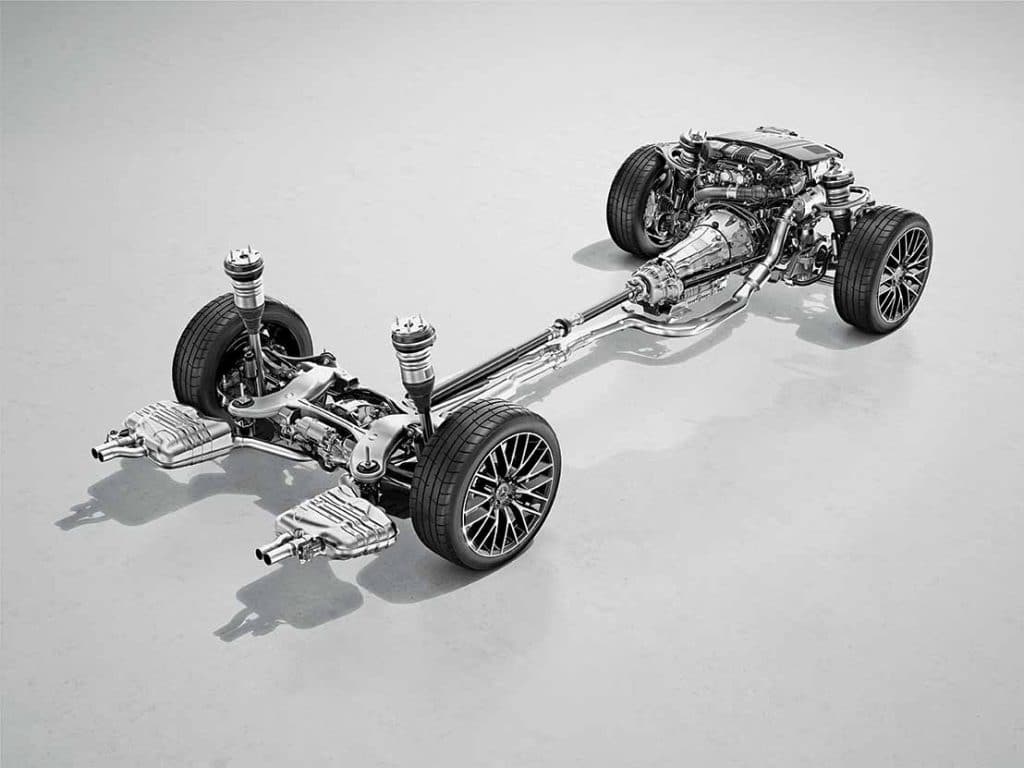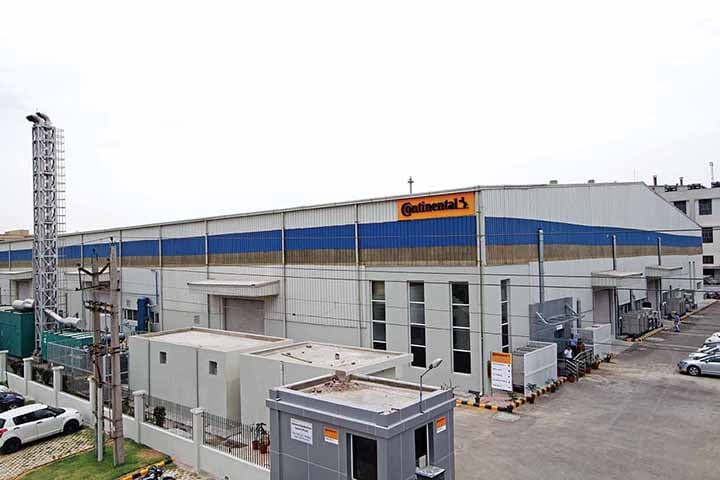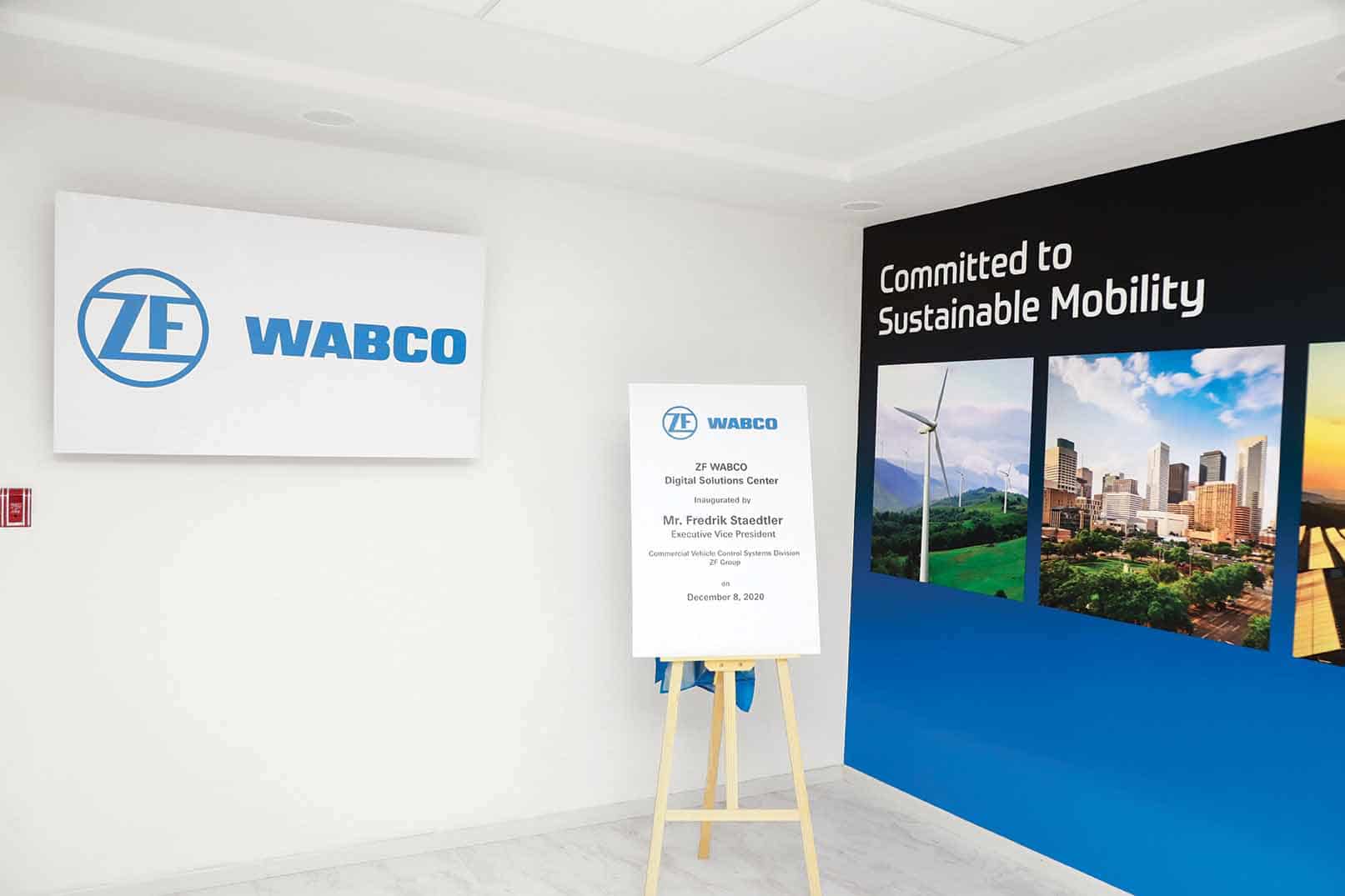Anurag Garg, Managing Director and Country Head – India at Vitesco Technologies draws attention to the developments contributing to the growth of automotive powertrains.
Technology developments in the automotive sector are driven by consumer demands, regulations, and, more importantly, the vision of a safe and environment-friendly future mobility. Closer to home, India has a strong focus on clean mobility and has established clear goals for automotive electrification. Various policies have been put in place to encourage the move towards electric vehicles – both for OEMs, component manufacturers and consumers. This regulatory push has resulted in several critical changes in the market, requiring higher levels of innovations in both products and processes. While Research and Development (R&D) and the journey towards electrification continue, we also need to consider non-electric, environment-friendly solutions in the interim. The implementation of Bharat Stage VI (BSVI) norms is the first step in this direction.
“The 48-volt or 48V electrical system is a simple interim solution to India’s EV transition. A mild-hybrid 48V system does not require a complete overhaul of the existing system, making it a commercially viable option for OEMs.”
Moving forward, the growth opportunity in the key regional market of the automotive industry will vary considerably. While in the past years, electric and hybrid vehicles have already gained some traction worldwide, they are gradually being promoted by the government and are reaching markets like India, Eastern Europe, and Asia-Pacific. Hybrid vehicles play a critical role in the transition from ICE engines to EVs and are fast gaining popularity in India.
48-Volt as a solution
The EV charging infrastructure in India is the ultimate solution for range anxiety and transformation. We are yet to achieve our ambitious electrification goals, and two-wheelers are imperative for this approaching transformation. Two-wheelers like motorcycles, mopeds, and scooters are the preferred mode of transport among working-class consumers because of their affordability. In 2019, over 20 million two-wheelers were sold in India. Though the Covid-19 crisis resulted in a minor slowdown in automotive sales, two-wheeler sales surged post the lockdown in India.
“A well-designed battery management system can check on the conditions of the batteries and help develop complex optimised algorithms, which would help improve the scope, effectiveness, and shelf-life of cells.”
While this included an interesting number of electric two-wheelers as well, there is considerable hesitation among consumers given the current supporting infrastructure. The 48-volt or 48V electrical system is a simple interim solution to India’s EV transition. A mild-hybrid 48V system does not require a complete overhaul of the existing system, making it a commercially viable option for OEMs. A 48V mild-hybrid architecture includes a starter, a lithium-ion storage battery, a DC/DC converter that integrates the 12V electrical system, controllers, the hybrid powertrain, and a hybrid-turbocharger or a supercharger. The 48V architecture is coupled with the 12V framework through a convertor instead of displaying the 12V electrical framework.
Charging infrastructure in India
The future of electric powertrain technologies in India is dependent on acquisition and ownership costs, as well as the quality and accessibility of the charging stations across the country. Government policies, both at the State and Central level, have encouraged public-private partnerships to build the necessary infrastructure. There is additional policy support for battery technology development and modern cooling techniques, leading to rapid charging battery technologies. However, even with the charging infrastructure in place, we need to have an efficient battery management system. A well-designed battery management system can check on the conditions of the batteries and help develop complex optimised algorithms, which would help improve the scope, effectiveness, and shelf-life of cells. Many OEMs in India are working with this technology to give EVs a lot more effectiveness and flexibility on the range front and performance.
Another aspect of powertrain technology is tech innovation. There have been advancements in this area that permit the EV manufacturers to upgrade their hardware that adds ‘Dumb Chargers’ to a cloud network for prevailing shortcomings. By virtualising charger connectivity and control, fleet operators can cater to any EV, any charger with unified cloud access. This is one of the positive points for mild-hybrid consumers. The mild-hybrid electrical systems do not require complete renovation on existing engines, which is one reason why cost-conscious consumers find it appealing. We have seen an attractive growth in automotive electronics; the percentage of automotive electronics technology in India has increased day by day. It is expected that with this transformation, we will move one step closer to connected vehicles.
The road ahead
By the year 2030, a large part of the Indian roads is expected to be electric. It looks like a long way ahead because we have to overcome several milestones to achieve the goal of electrification. The automotive industry across the globe is working hard towards creating innovative solutions every day. Significantly, many technology companies are also entering the space and actively contributing to the electric vehicle industry. India is at the heart of this global revolution and can lead it from the forefront.
“Although fully electric vehicles are the end goal, mild-hybrid powertrains and the standardisation of exhaust after-treatment technologies, such as Selective Catalytic Reduction (SCR) and coated GPF, are major technology trends that could impact the powertrain industry.”
A report by Market Research
Future R (MRFR) reveals that the automotive powertrain systems market is likely to grow by 2027. The factors that are adding market growth include a growing trend of engine downsizing, reducing emissions, and fuel consumption. To achieve this, there has to be a rising need for electric vehicles. According to the new government regulations, the sales of hybrid vehicles are increasing, which is a step forward. Before India reaches its goal of complete electrification, the automotive sector will encounter a few hurdles. Although fully electric vehicles are the end goal, mild-hybrid powertrains and the standardisation of exhaust after-treatment technologies, such as Selective Catalytic Reduction (SCR) and coated GPF, are major technology trends that could impact the powertrain industry.
“We have seen an attractive growth in automotive electronics; the percentage of automotive electronics technology in India has increased day by day.”
Conclusion
The worldwide legislations towards CO2 reductions are leading towards the highest impact of technology shift for the powertrain and board net levels. The 48-volt electrification is the most viable solution in the journey towards automotive electrification, given the challenges across sectors. Implementation of the 48V will allow India to plan and build a high-quality infrastructure to support EVs, without compromising on the timeline. It will also give consumers a chance to adapt and learn about the benefits of EV, without giving in to range anxiety and other issues. ACI
Also read, Intelligent Battery Analytics

















Leave a Reply